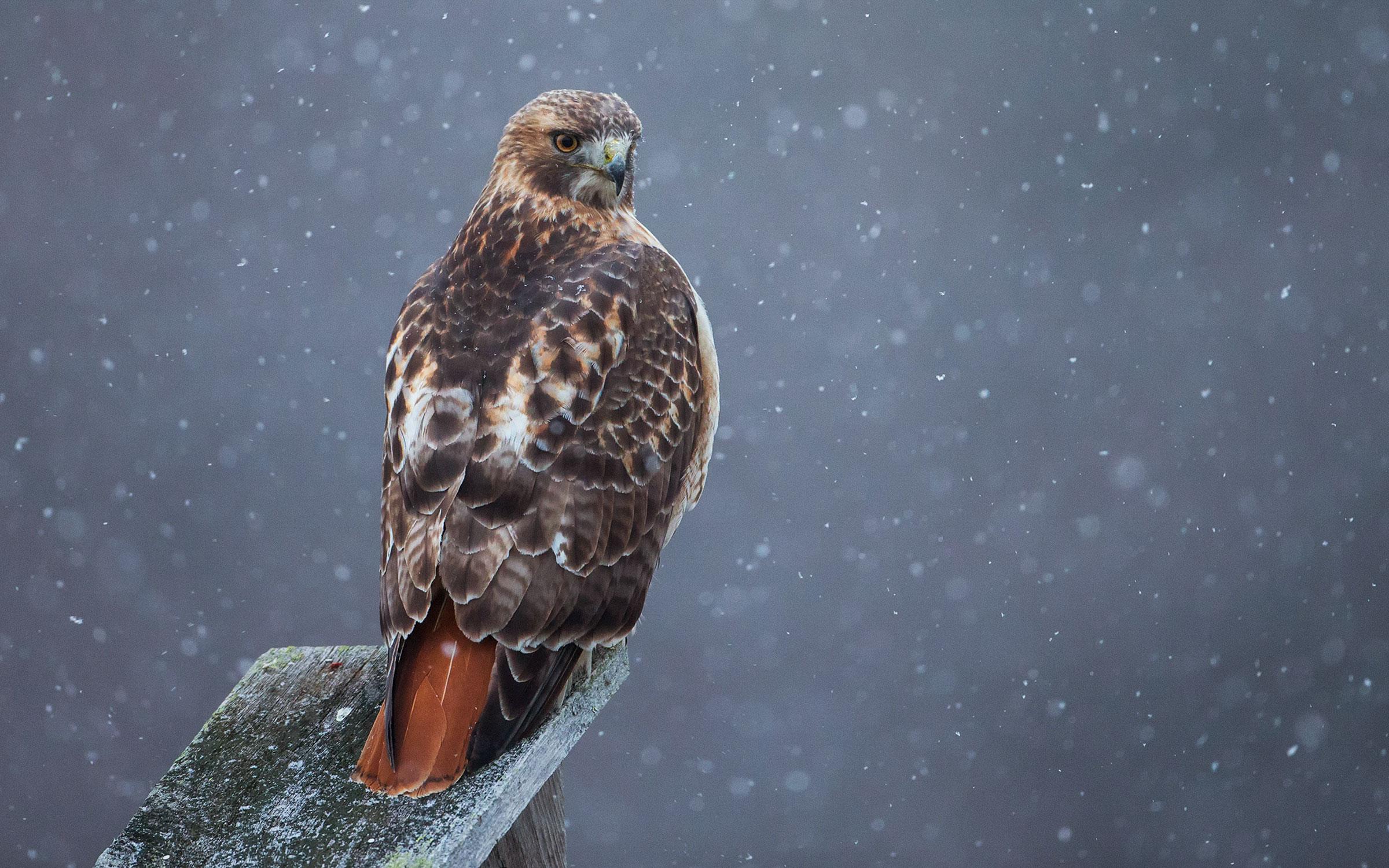Predator Control
- Jennifer L. Rhodes, University of Maryland Extension, Queen Anne's County, Maryland
Predator:
An organism that lives by preying on other organisms.
An animal that naturally preys on others.

A Full Time Job
-
Protecting your chickens from predators
-
It’s one of a chicken lover’s worst fears – losing a beloved chicken to a predator. It can happen to the best of us no matter how well we build our coops, how closely we watch our birds while they free range, and how much we love our chickens.
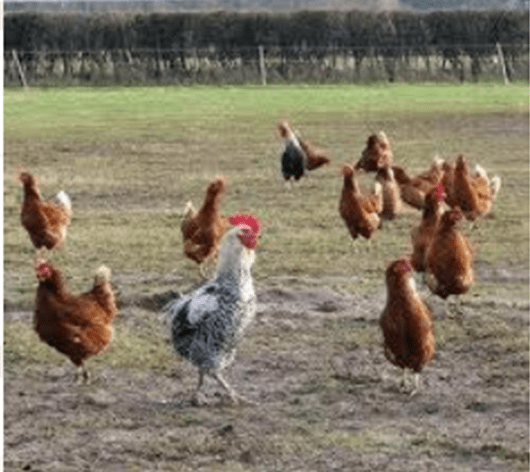
Why?
-
Wreak havoc
-
Economic loss
-
Increase mortality
-
Housed in an existing barn
-
Not housed at all
-
Free range
-
Highest risk - Night
Prevention of Predation
-
The easiest way to prevent predation is to keep flocks within buildings. However, for the majority of backyard flocks and organic flocks, this is unfeasible or is not a desired alternative.
-
Lock birds up during the night and maintain a vigilant eye.
-
Open poultry houses should be enclosed by fine meshing to prevent entry by wild birds.
-
Motion sensor lights and sound equipment.
-
Objects with motion, i.e., flags and pinwheels, CD’s on thin wire.
-
Loud noises.
-
Scarecrows and dummy predator birds.
-
Chemical/pheromone repellents.
-
Diversion feeding.
-
Fence wire size - small enough to prevent predators.
Coop Security
-
Dig a trench 12 inches to 1.5 feet deep around the entire coop and bury hardware cloth there. This will prevent digging predators.
-
Elevate the coop off the ground to help prevent mice, rats and weasels from getting into the coop.
- Inspect the bottom of the coop and patch any holes where predators could gain entry.
- Check around windows and doors - any point of entry for an entry.
- Keep your compost pile far away from the coop and don't allow food scraps to linger - clean up any food scraps that the chickens don't eat before nightfall.
- Keep the area around the coop mowed and clear - an open field without cover is a deterrent to predators.
- If you have serious problems with hawks and owls, consider covering the chicken run with hawk netting.
- If in pasture, consider long narrow rotational grazing areas.
- Cover outside runs with mesh wire or netting to prevent problems from flying predators.
- Tall leafy vegetation provides cover for birds to hide.
- Protective dog near the coop usually works to discourage predators and unwanted visitors.
- However, use of dogs and especially cats to scare off predators can create more problems, because they can interact with wildlife and transmit potential disease-causing agents to poultry species.
- Birds need adequate space for movement and exercise.
- Birds need areas to nest and roost.
- Space requirements vary with type of bird you raise.
- Adequate space per bird also helps to maintain lower humidity levels in the coop.
- Deter predators.
- Learn about methods to keep predators away from your property in the first place. It might be a case of removing hiding spaces, of keeping guard animals, or of using chemical or physical barriers and deterrents. This will depend on the type of predator and where you are living.
- Ask for assistance from local authorities responsible for wildlife for suggestions.
Wing Clipping
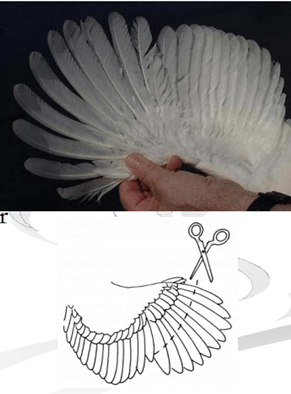
- Sometimes this is necessary if the birds are flying out of their enclosure where they will be more vulnerable to predators
- Involves a clipping of the primary feathers
- Procedure must be repeated after each molt
Minimum Space Requirements
| Type of Bird | Sq. Ft./Bird Inside | Sq. Ft./Bird Outside |
| Bantam Chickens | 1 | 4 |
| Laying Hens | 1.5 | 8 |
| Large Chickens | 2 | 10 |
| Quail | 1 | 4 |
| Pheasant | 5 | 25 |
| Duck | 3 | 15 |
| Geese | 6 | 18 |
Virginia Cooperative Extension, Fact Sheet No. 10 (P. Clauer)
Fixed or Permanent Small Flock Poultry Houses
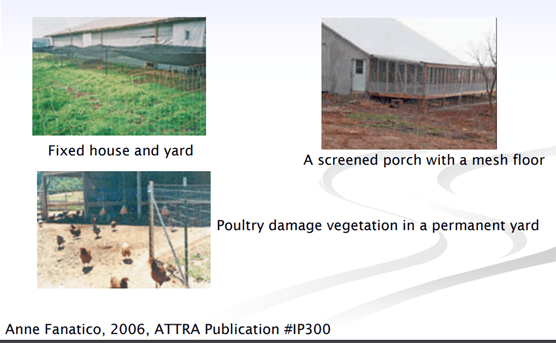
Mobile Houses

Pasture Pens
- Small, floorless pens that are moved daily to fresh pasture.
- Set in a pasture, on a lawn, or in a garden.
- Flexible and moveable
Wildlife Footprints
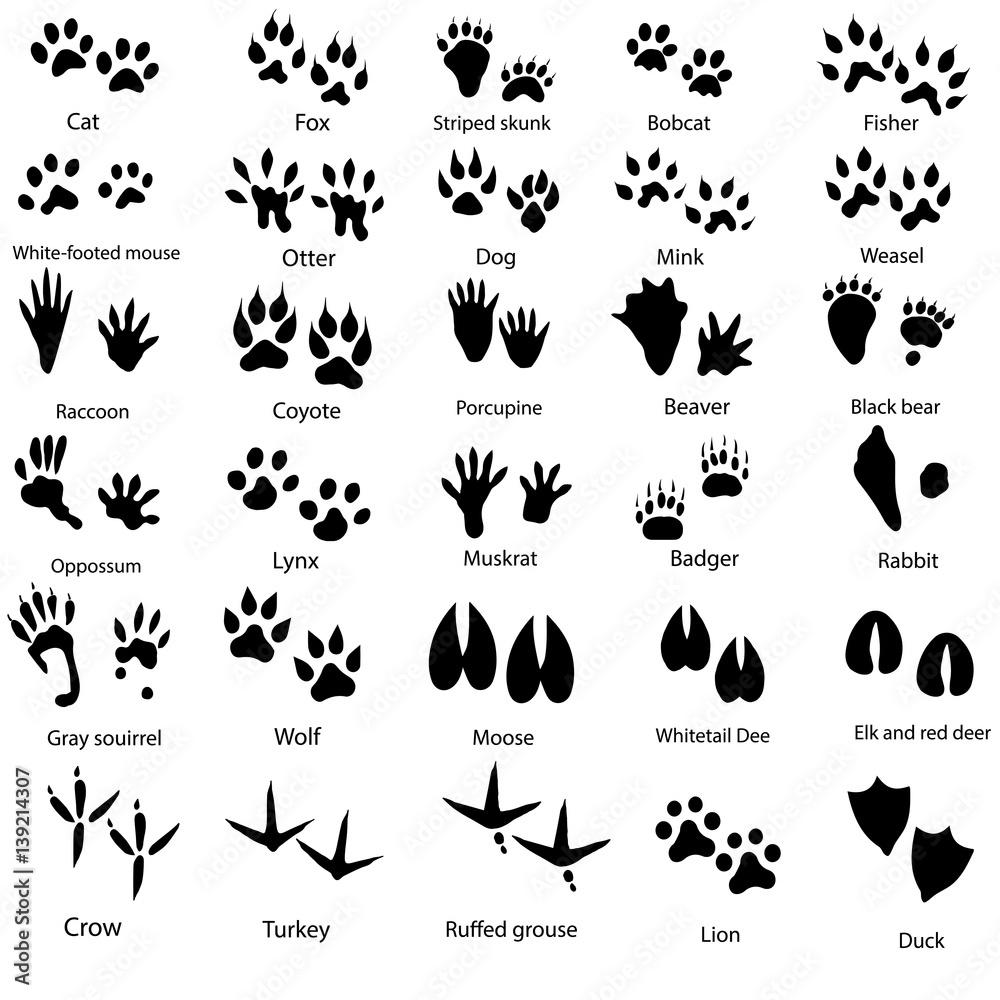
Patterns of Predation
- Missing birds? Coyotes, dogs, birds of prey, and foxes.
- For birds of prey, hawks will take birds during the day.
- Owls will take birds during the night.
- Domestic dogs will not eat the birds, and the carcass may be found in close proximity to the site of attack.
- Scattered feathers may also be a sign of panic-stricken birds.
- Piling or smothering can also indicate potential predation.
- Missing heads? Birds of prey and raccoons.
- This occurs when birds are kept in a pen enclosed by loose meshing.
- Birds of prey can scare birds and cause them to jump or fly up, allowing their heads to protrude through the meshing.
- Raccoons will reach through openings, grabbing and ripping off the birds head through the meshing and wire caging.
- Missing limbs? Raccoons
- Raccoons are notorious for their hand skills and intelligence. If birds are kept in a mesh-style pen, raccoons are able to reach nearby, unsuspecting birds and pull their legs off.
- Open doors.
- Missing eggs or chicks? Opossums, skunks, rats, cats, snakes, and birds of prey.
- Opossums and skunks will prey at night. Unprotected nests are easy targets for predators.
- Rats can carry away day-old chicks and can also bite older birds in the hock joint, which can cause a swelling and infection.
- Birds with lacerations near the cloaca (the posterior opening for a bird's digestive, urinary, and reproductive tracts)? Weasels and their relatives.
- Weasels and their relatives tend to bite at the vent region, pulling out the intestines.
- Some birds can be found walking around, dragging their intestines.
- Weasels and their relatives also kill for fun, which can leave scattered feathers with bloody or torn carcasses.
- Other Signs of Predation
- Birds, usually turkeys, found dead in enclosed corners.
- Turkeys are known to huddle in an area away from open sides to avoid predators that may be stalking around the perimeter. The weight of the huddled birds is enough to suffocate and/or crush the birds below.
- Birds found with missing feathers and abrasions.
- Cats, if brave enough, may unsuccessfully prey upon large birds.
- Birds, usually layers, with wounds found around the vent region.
- Although this can be predation of some kind, this may also be the result of cannibalism if a bird has a prolapsed rectum after passing an egg. Chickens will be attracted to the bright red tissue and will peck at it, causing wounds.
Racoons!
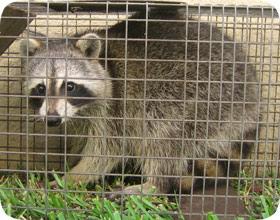
- Can be in large groups and are active year round
- Adults, chicks, and eggs are vulnerable
- Egg shells left behind, whole birds missing their heads, or birds missing
- Easily trapped
Snakes!
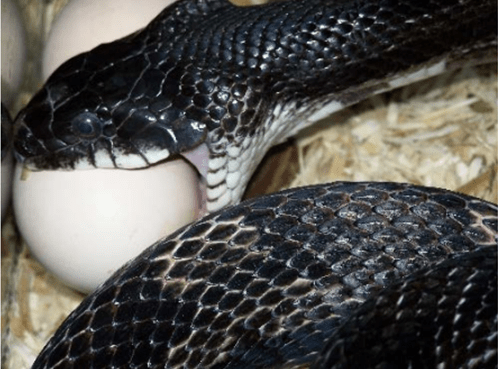
- Target eggs and young chicks
- Very little evidence left behind because they swallow their meal whole
- Limit the number of gaps greater that 1/4 inch where chicken's roost
Rats!
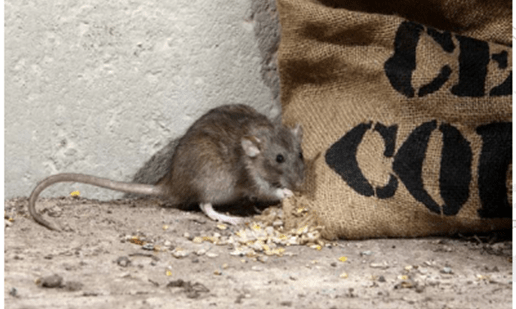
- Mostly will get into feed
- Eggs and chicks are vulnerable - egg shells or chicks wounded with bites on their hocks
- Trapping with rat snap traps
- Rat poison – avoid if possible and follow the label
Selecting Birds
- Buy from a reputable hatchery
- National Poultry Improvement Plan (NPIP)
- Select the breed or strain for purpose intended
Husbandry
- Study the flock for signs of discomfort, disease, proper feed and water consumption, etc.
- With experience, you should be able to look at birds and determine if they are uncomfortable.
- You are working with a live animal that requires daily care.
Other Things To Consider...
- Always practice good biosecurity
- Three major requirements:
- Isolation
- Traffic control
- Sanitation
- Disposal of dead animals
- Proper disposal goes hand in hand with good biosecurity
- Composting, incineration (check local ordinances).
- All poultry in Maryland must be registered with the Maryland Department of Agriculture
Conclusions
- It’s important to consider the following when protecting your poultry flock:
- Full time job
- Prevention
- Coop Security
- Housing
- Pattern of Predation
Some Links and Resources:
- Housing:
- http://www.ext.vt.edu/pubs/poultry/factsheets/10.html
- General Management:
- http://www.ces.ncsu.edu/depts/poulsci/tech_manuals/small_fl ock_resources.html
- http://poultryextension.psu.edu/Management.html
- Biosecurity and bird health:
- http://www.aphis.usda.gov/animal_health/birdbiosecurity/
- Predation:
- http://ohioline.osu.edu/vme-fact/0022.html
- http://smallfarm.about.com/od/farmanimals/a/poultryp redators.htm
